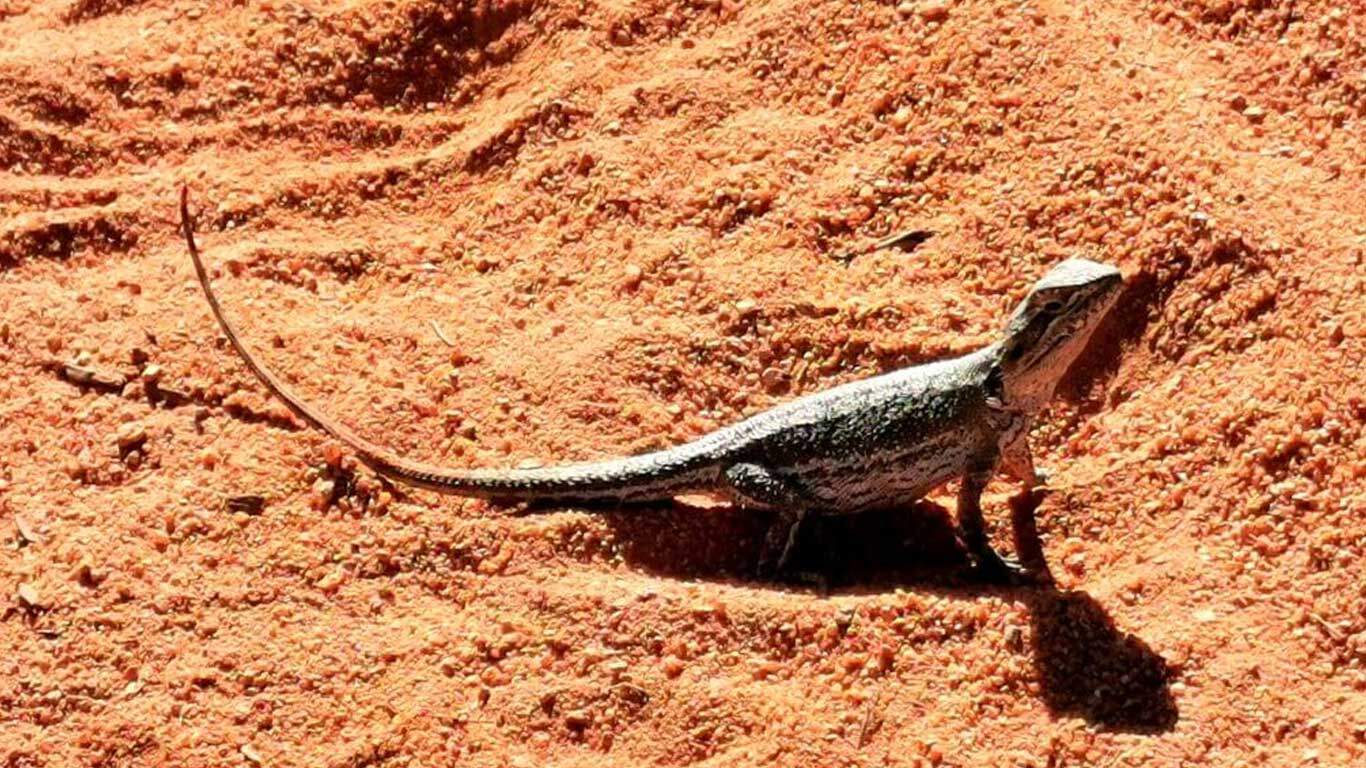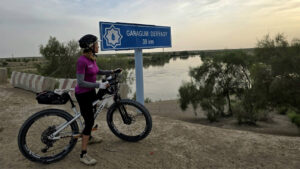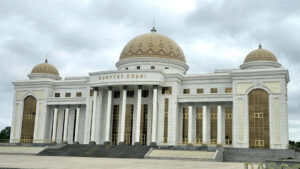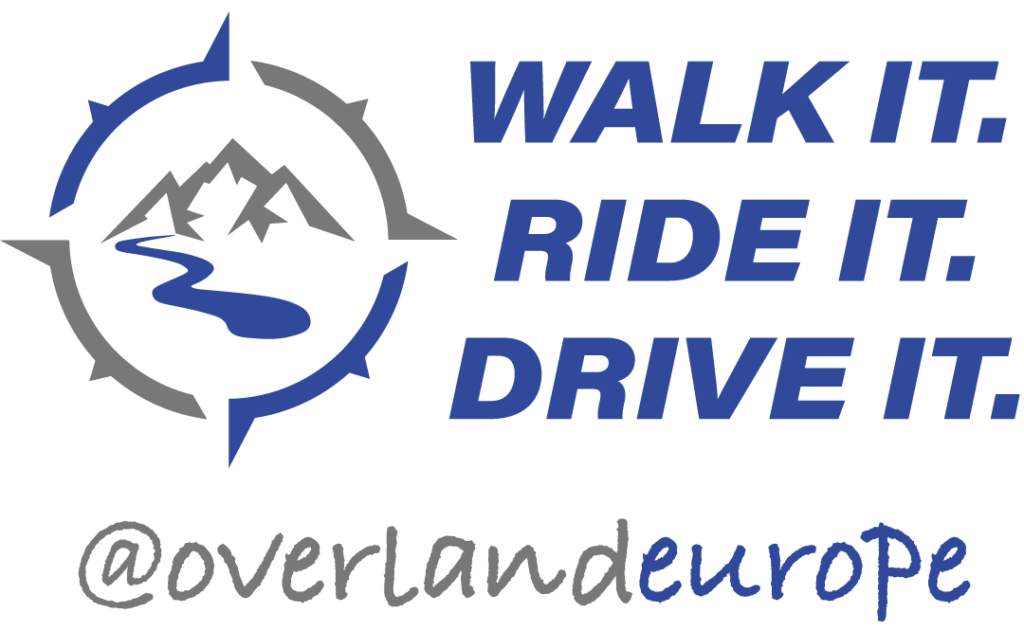Days: 74-77
Dates: 23rd – 26th August
Wiluna to Cunyu Station
Distance: 193km
Total Distance 2023: 5017km
Total Distance (2021 + 2023): 6544km
During my Great Australian Cycle Expedition in 2004, I stopped for a couple of day’s rest in Wiluna in between finishing riding the Gunbarrel Highway and starting the Canning Stock Route. The owner of Wiluna’s Club Hotel put me up and took Greg Yeoman (who was finishing his 4-month participation in the expedition in Wiluna) out for a guided tour of the area.
Arriving in Wiluna 19 years later, the town is virtually unrecognisable. The hotel is now Wiluna Shire offices and many millions of dollars is being spent on new facilities. The town has been rife with social problems for a very long time, particularly related to alcohol and substance abuse and domestic violence. Closing the pub and making the town a dry zone hasn’t immediately fixed the problems, but it is a positive move. I noted new facilities such as a skate park, sports facilities and a better quality supermarket. We spent much of our time with the very helpful, friendly staff at the new Canning Stock Route – Gunbarrel Highway visitors centre. The building was once the Wiluna Hospital but now it is a museum, an information place and an art centre. Artists can come in to paint any day they choose and some of their works are on display in an adjacent gallery. We met Donovan and Marjorie, both very talented artists.
Being a community in transition, there was no accommodation – a caravan park is being built but it is still a few months away. We had to drive to North Pool, 20km north of Wiluna to camp and then return to the town the next day, a day off the bike for me, to catch up on all my admin.
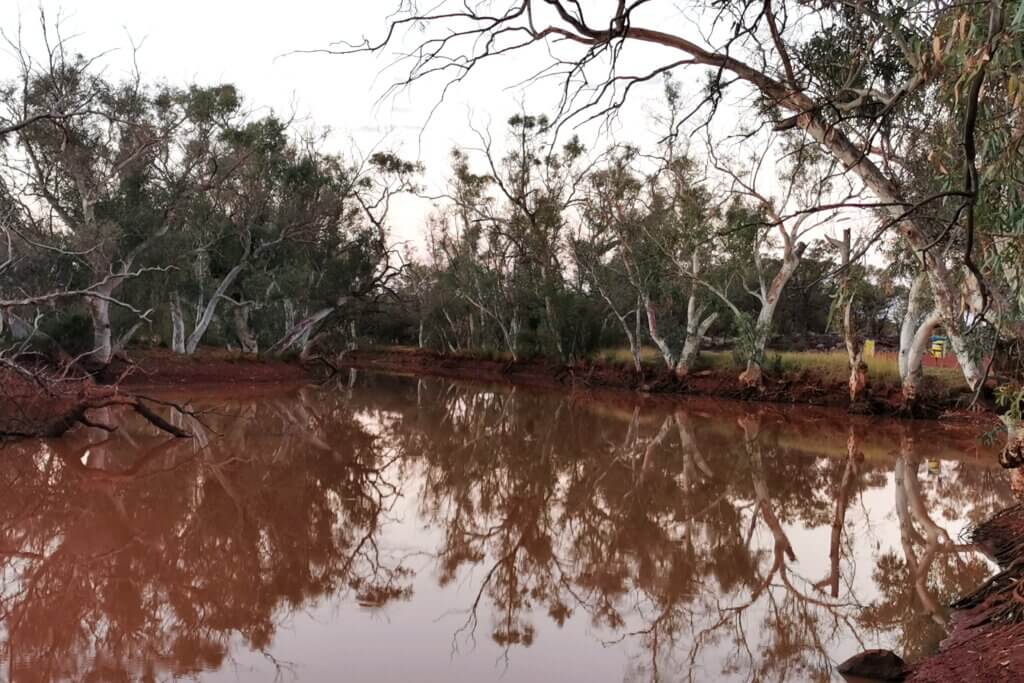
William Snell and his family spent many years in and around the Wiluna region. He had several pastoral leases in the area as well as up north, around the Ophthalmia Range (near what is now Newman) and in the East Pilbara region. In 1929, he was appointed as leader of an expedition to recondition the Canning Stock Route. With his well reconditioning party he restored the watering points up to Well 35 (there are 51 wells) but was running low on supplies and decided to return to Wiluna to restock only to discover that his only son, William Lewis Snell, had died of a burst appendix, aged 24. Devastated, he did not return to finish restoring the wells (Canning completed the job in 1930).
While in Wiluna, I made a point of visiting the cemetery and found William Lewis Snell’s grave. As Willy was away on the Canning Stock Route expedition, his wife, Mary Jane and oldest daughter Gladys, who was a nurse at Wiluna Hospital, buried their son/brother.
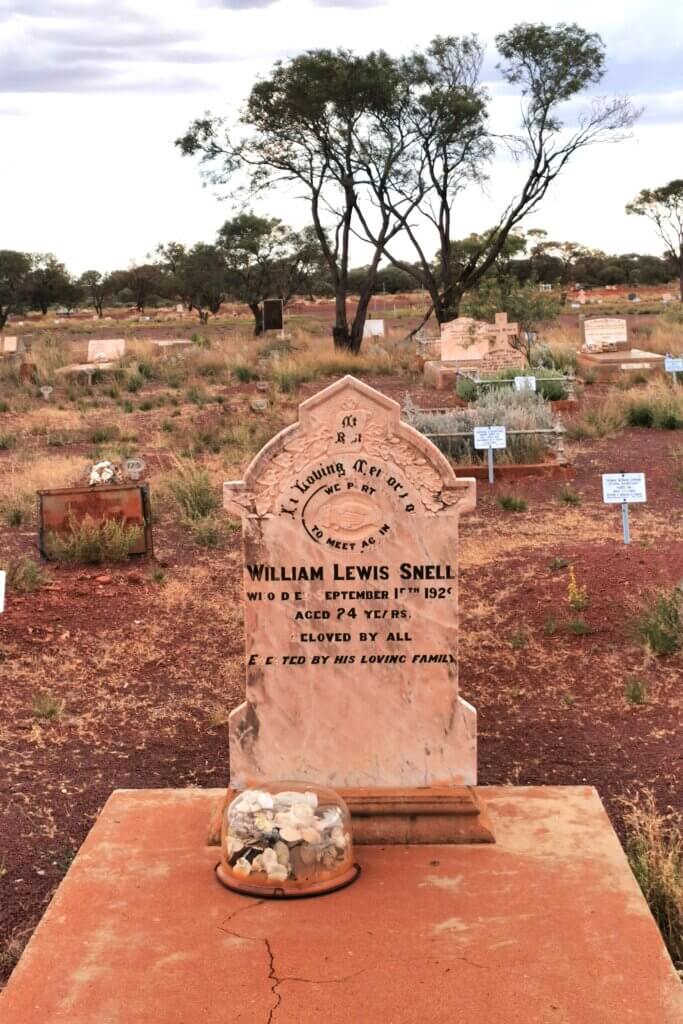
From North Pool, I headed to the Canning Stock Route. I had no intention of cycling the whole CSR as I did in 2004; this time I was still on the trail of William Snell. I wanted to explore Snell’s main camp from which he ran his leasehold stations in the area, Bridle Face Outstation. I didn’t divert to see it in 2004. It is 21km off the CSR track and I successfully sought the permission of the current owners of Cunyu Station, to visit Bridle Face Outstation.
I set off along the Wiluna North Road and turned off onto the Canning Stock Route track 40km from Wiluna, just as I had done 19 years ago. It felt a bit weird doing a part of the route again and I wondered whether it would be as I remembered and wrote about it.
It has been a good season here, and I was travelling a month earlier than I did in 2004. The first section around Well 2 was like a garden – the wildflowers were breathtaking.
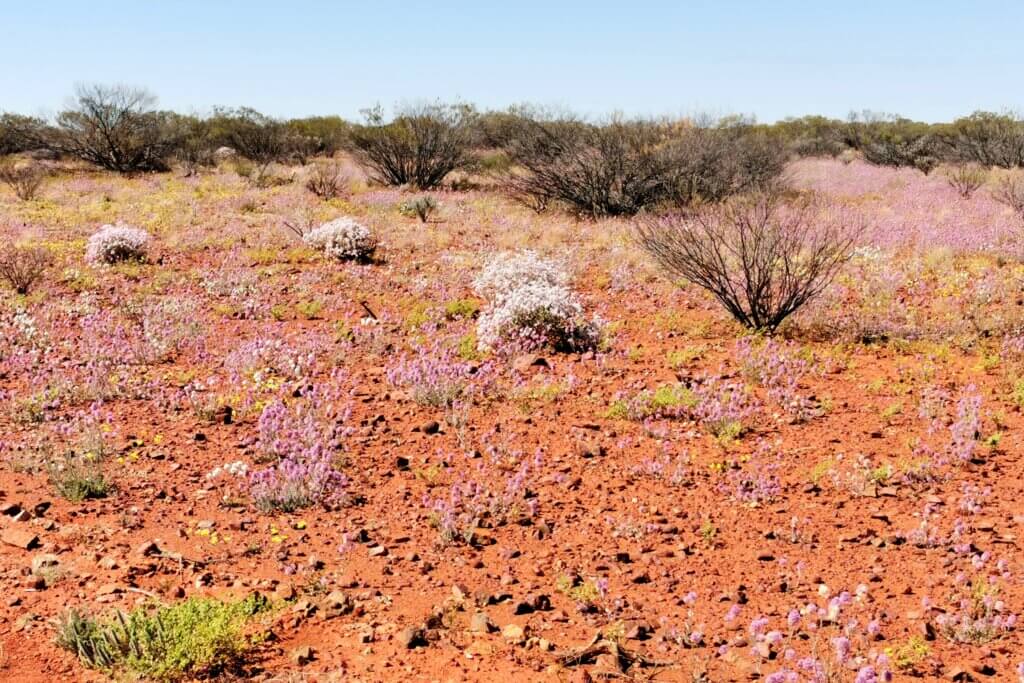
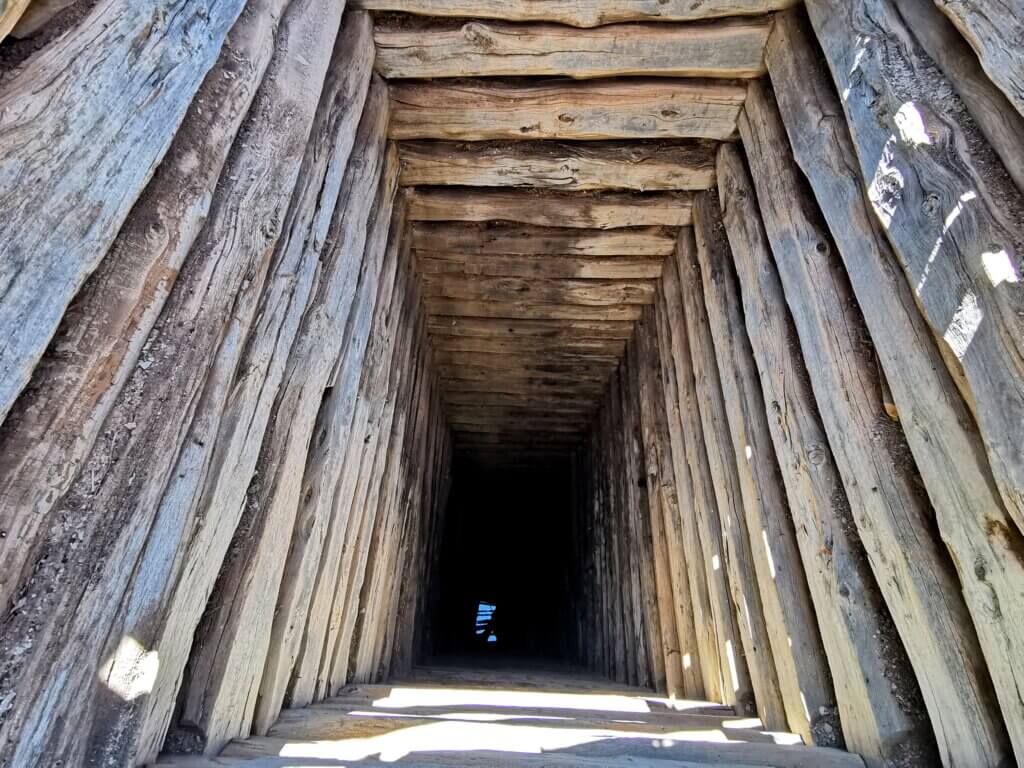
The track meandered through a combination of stoney conglomerate and shale and sandy spinifex country. The stoney sections were great and the track was corrugation-free on the winding path (vehicles can’t travel fast enough to cause them). The track through the sandy spinifex country was dreadful. The section between Wells 2 and 3a were generally worse than I remembered, no doubt due to the volume of traffic the CSR gets these days.
The landscape was incredibly beautiful but I had little time to view it on the move, I was constantly wrestling with the bike, trying not to wreck it as I hit continuous corrugations.
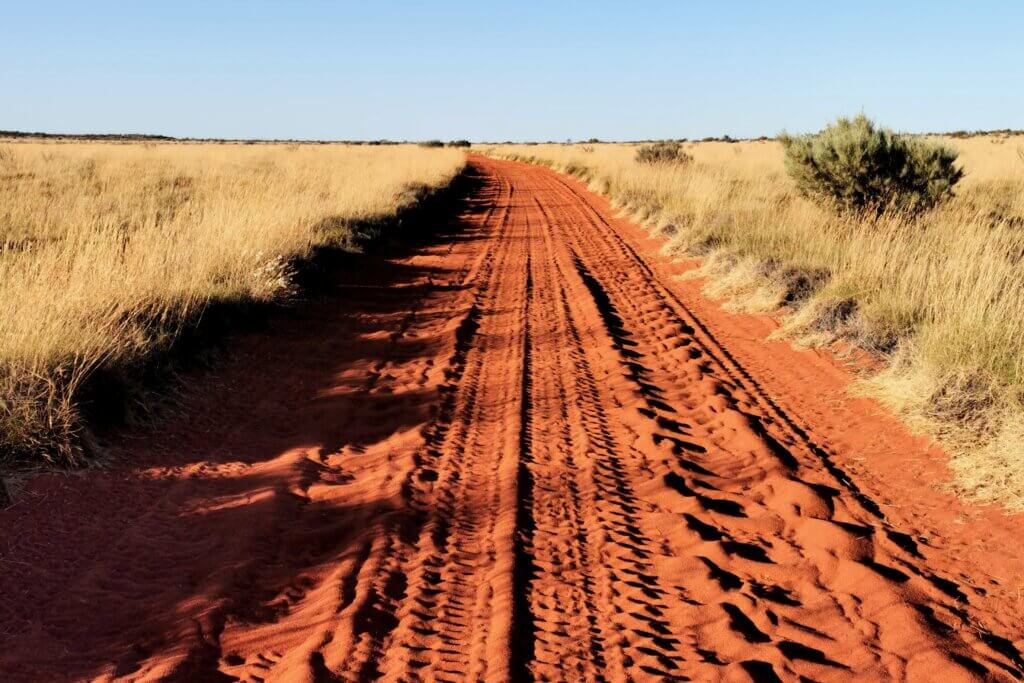
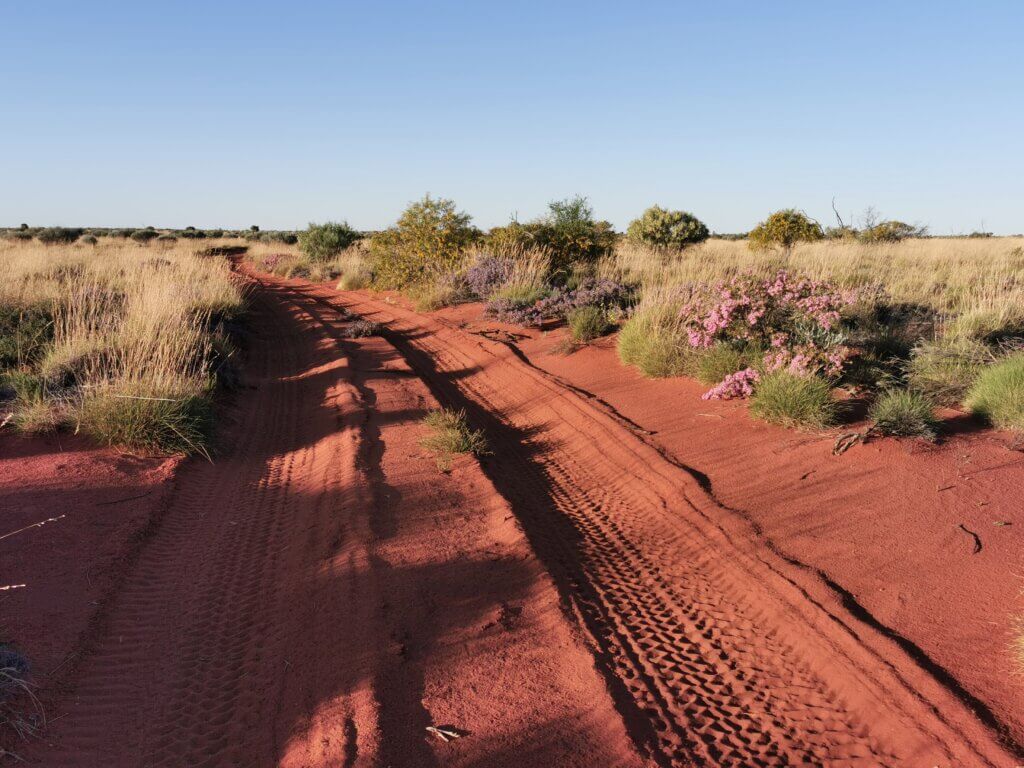
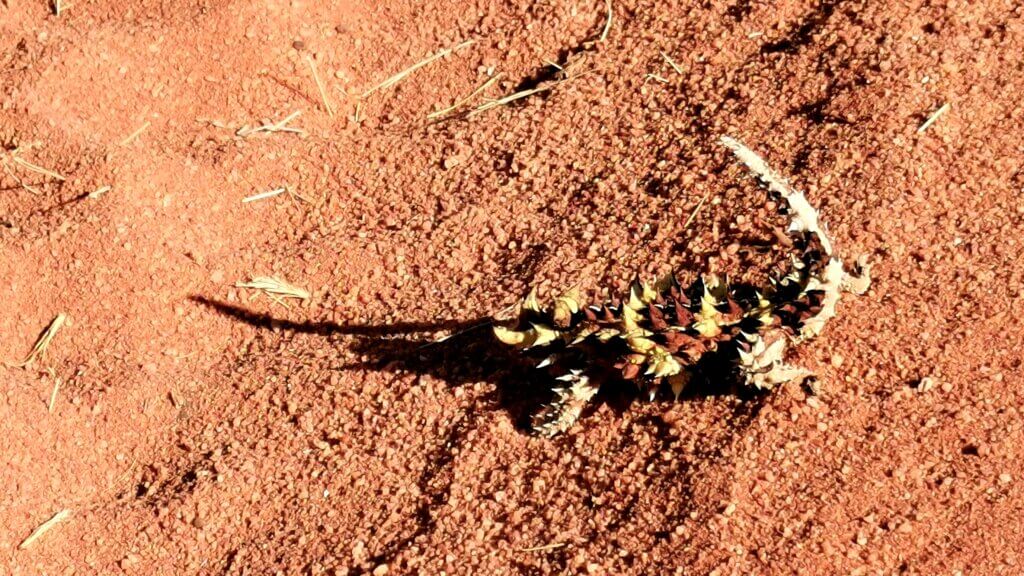
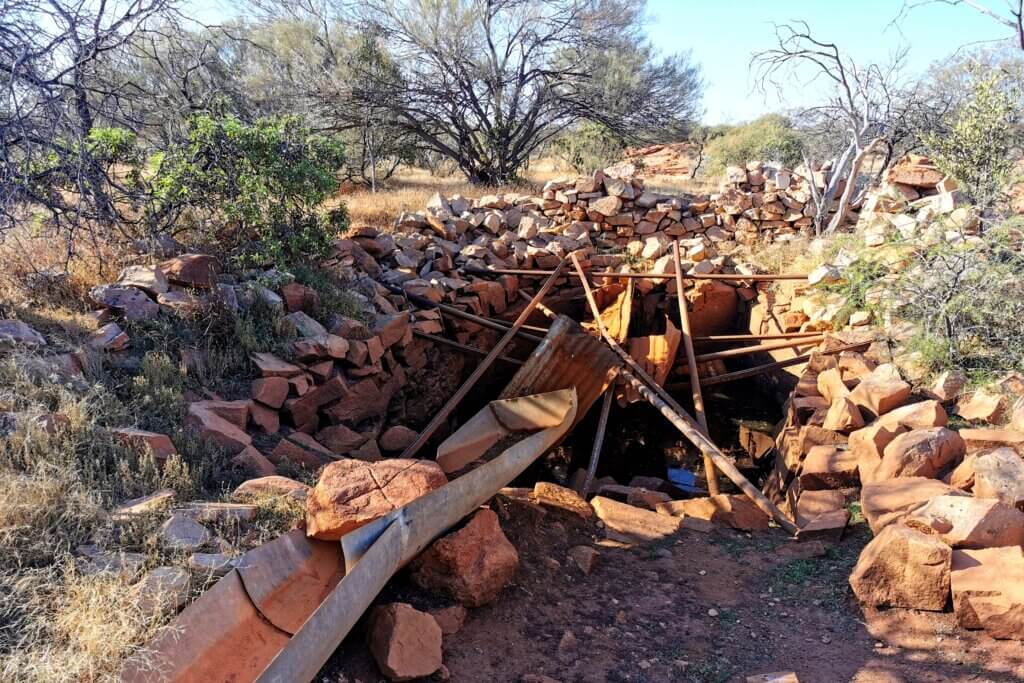
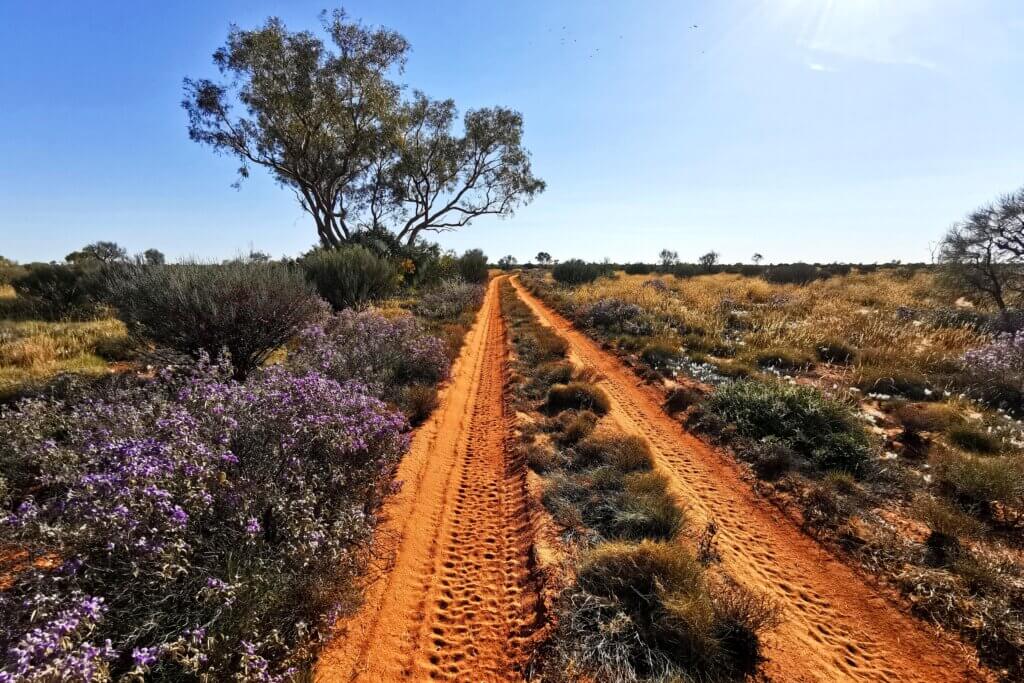
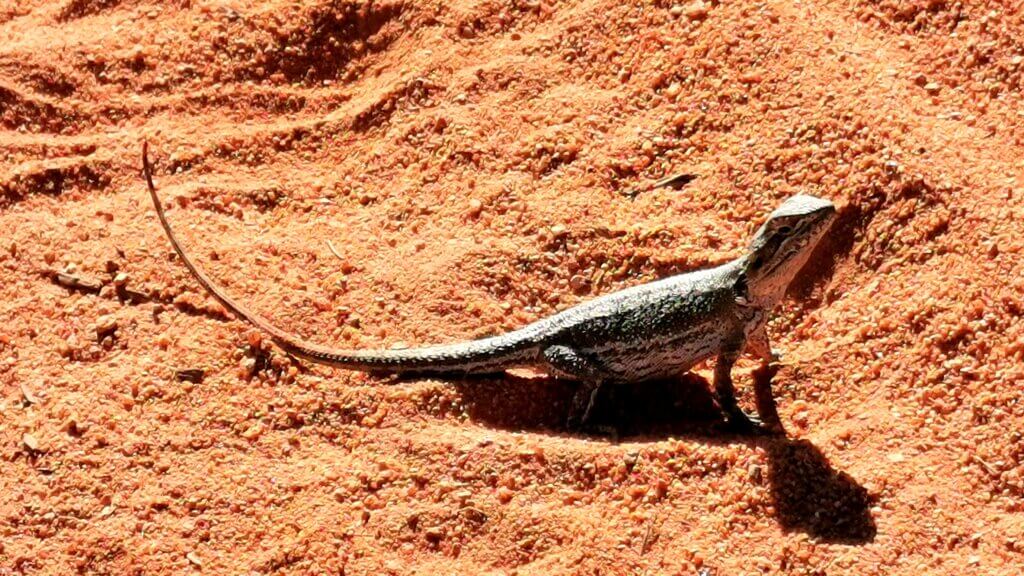
As I approached Well 3, the track became very stoney with lots of wash aways. I could move well on this type of terrain, about as fast as the vehicles. As I sped around a curve, I spotted a small lizard on the wheel rut I was following and promptly fell heavily trying to stop in time. That I did – the lizard froze as it’s way of protection – and I seriously tested the collarbone I broke in 2021.
I left Well 3 before the vehicles caught me the next morning. The next few kilometres was incredibly rugged with washed away track and dry creek crossings. 17km from Well 3 we reached Bridle Face Road, a well-maintained track belonging to Cunyu Station, and turned east on to it.
Tracks like the Bridle Face Road are well-maintained by the stations so the watering points and stock yards can be easily accessed. Snell’s Bridle Face Outstation was really worth the extra effort to see it. There were the remnants of a small cottage – mainly the chimney and hearth remained while fragments of the building had either been buried or were scattered in the grass.
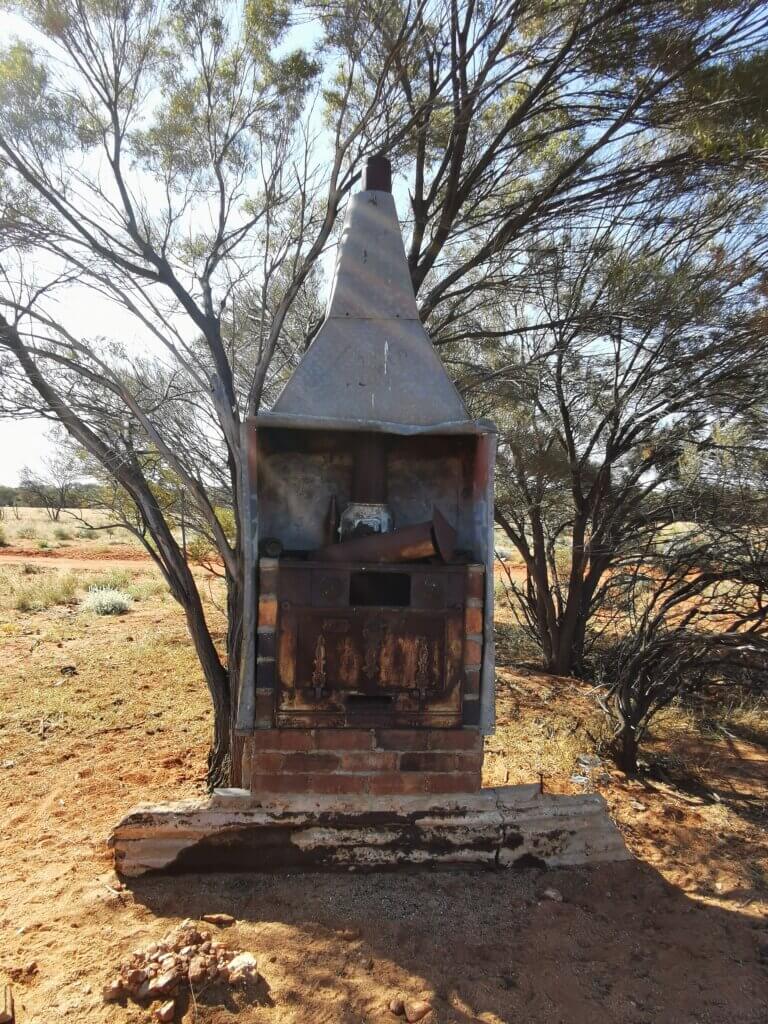
A few hundred metres away, the cattle yards and small lean-to were really well-built. Constructed in around 1927, the yards have stood the test of time. The solid mulga timber and thick wire mostly were built to withstand the strongest, wildest bulls!
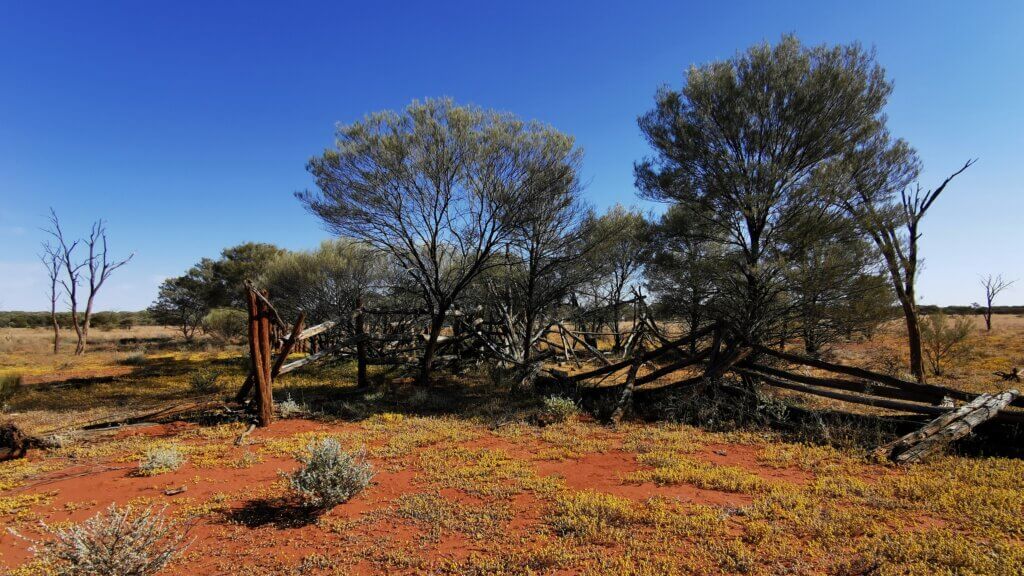
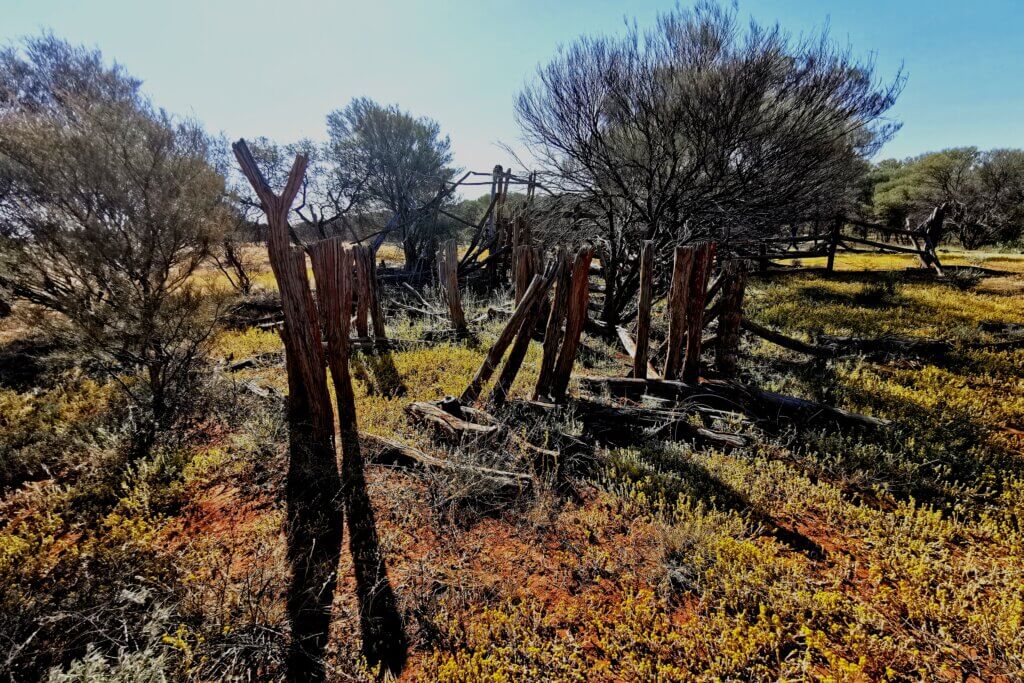
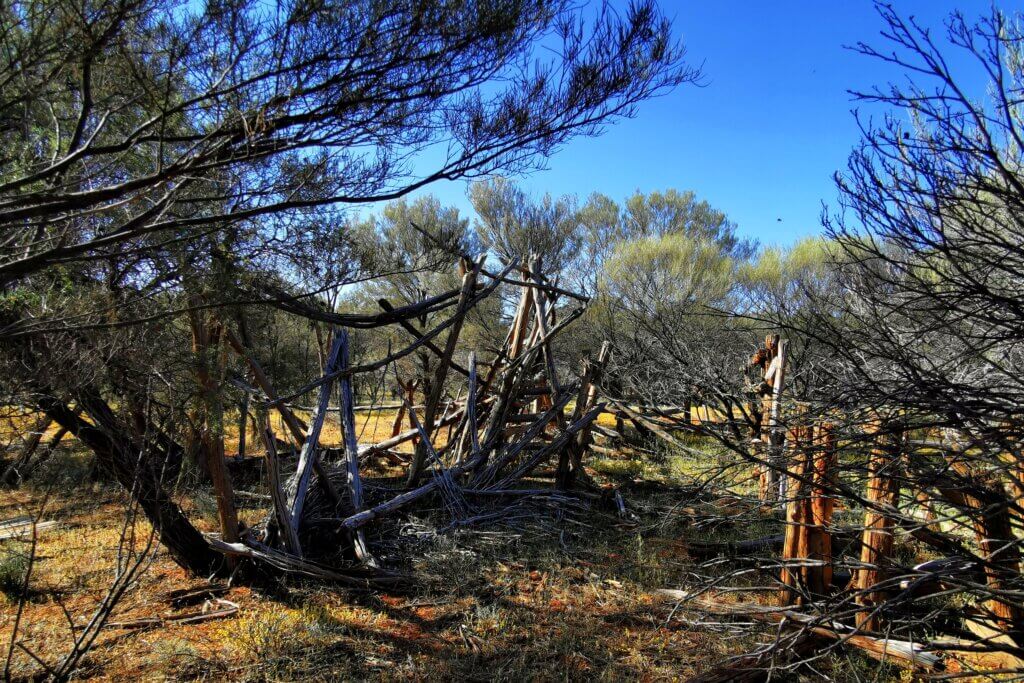
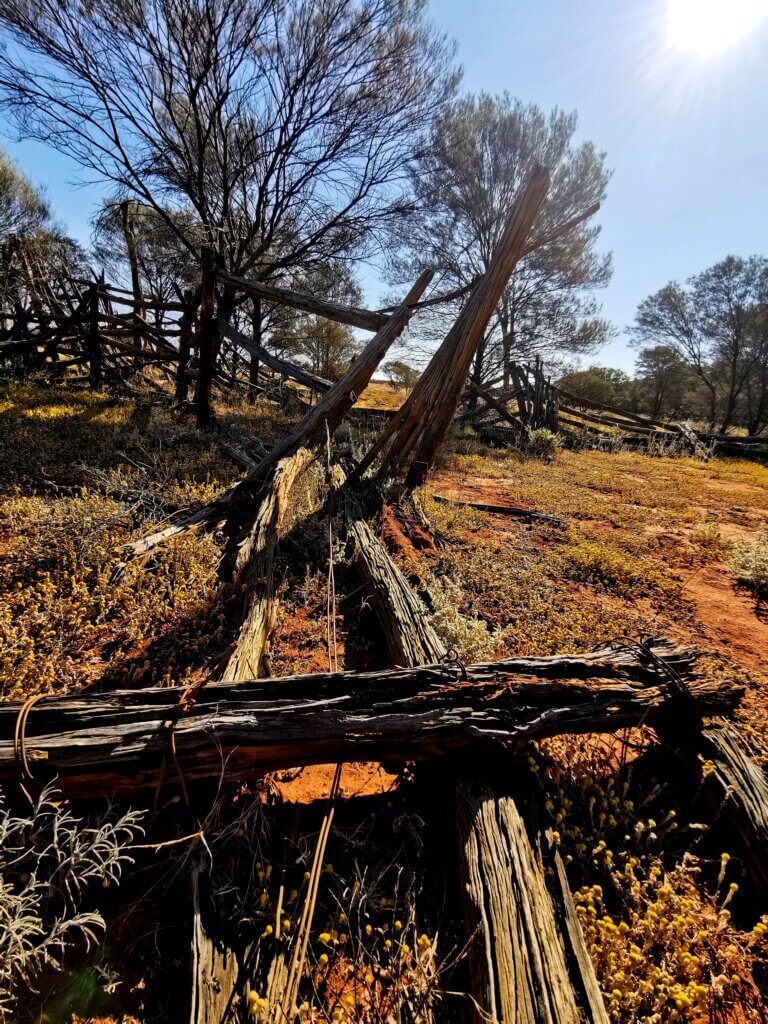
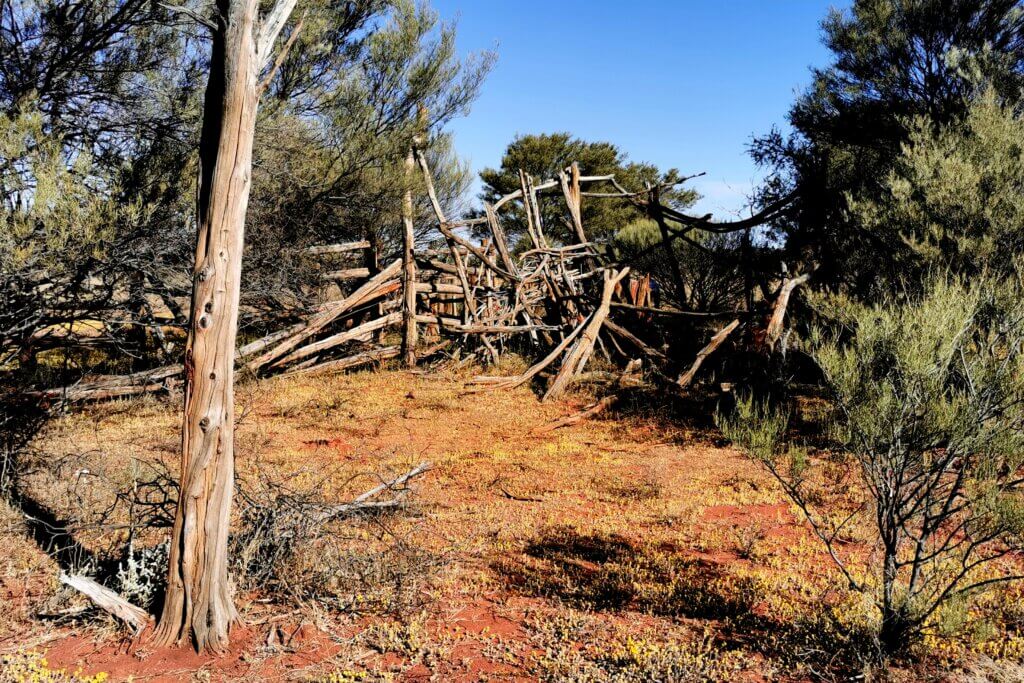
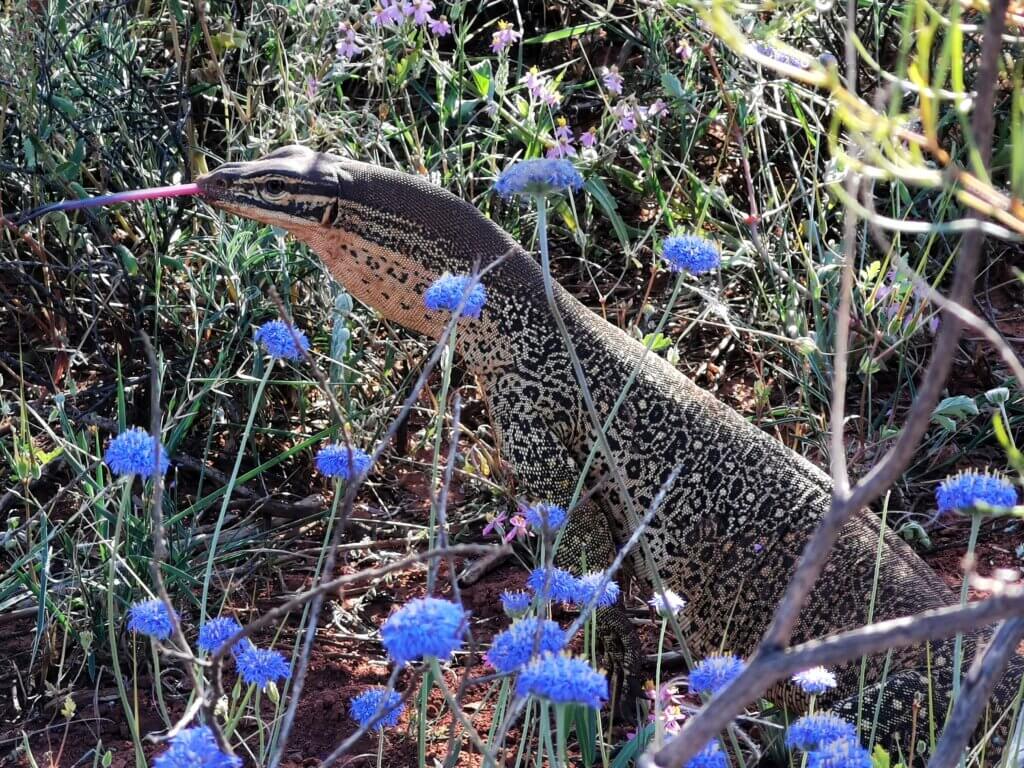
I continued on the Bridle Face Road and then we navigated our way across eastern side of the station and north to the Canning Stock Route. I had just one more point to include in this part of the journey – Snell Pass. I didn’t record it as being that significant in 2004, and now I remember why. It is a pretty easy ride over the Frere Range with a few rocky sections and wash aways.
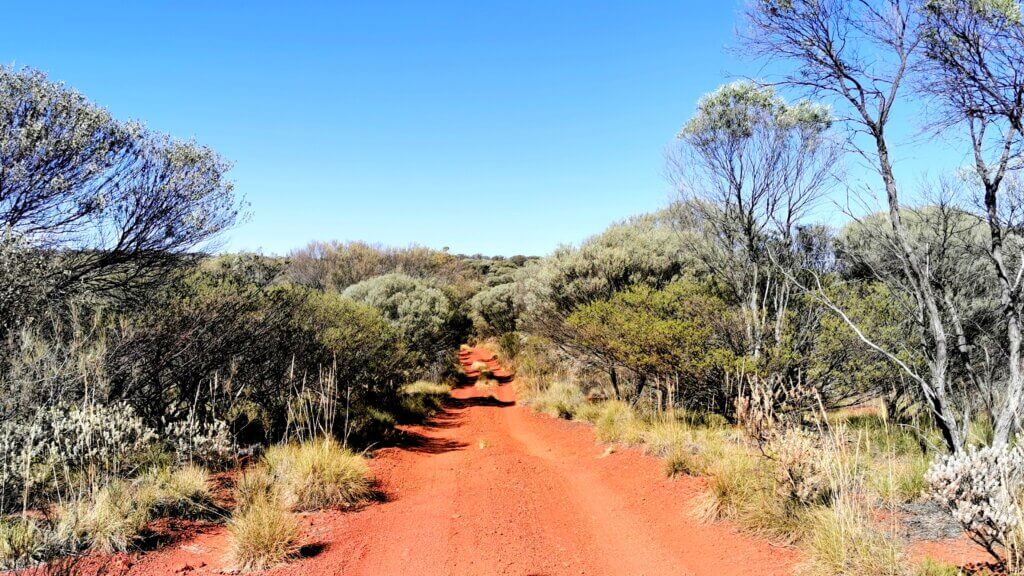
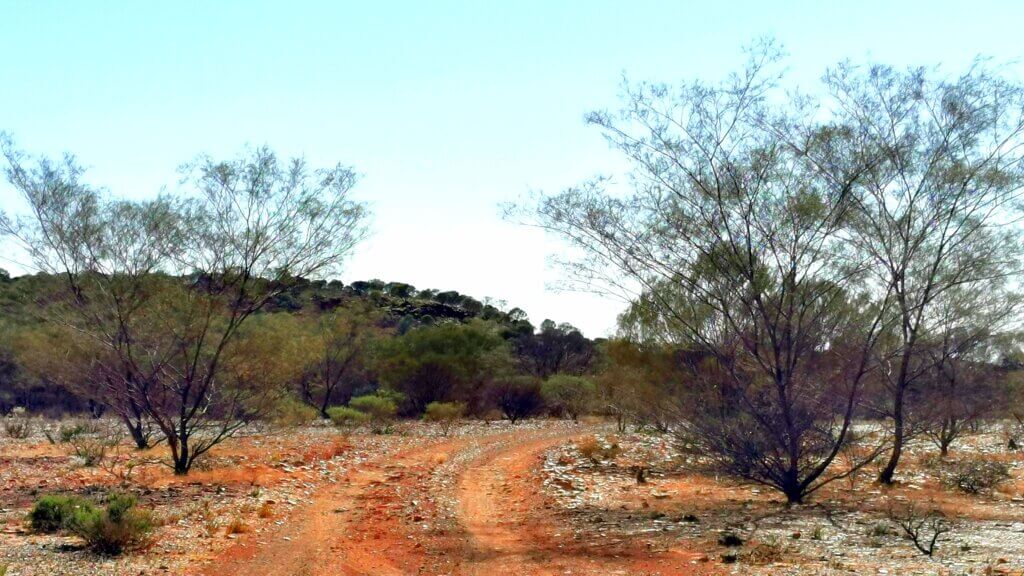
From there we headed back west along the Bridle Face Road, passing the intersection where we had turned onto the road and another 25km to the Cunyu Station homestead where we had been invited to stay the night.
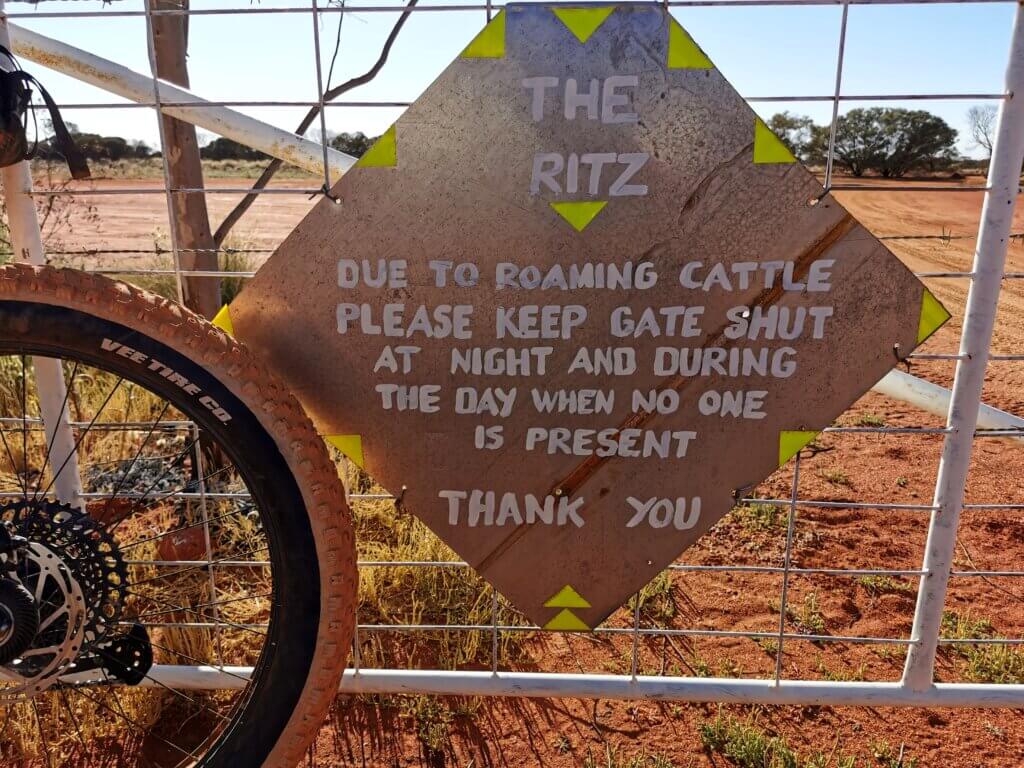
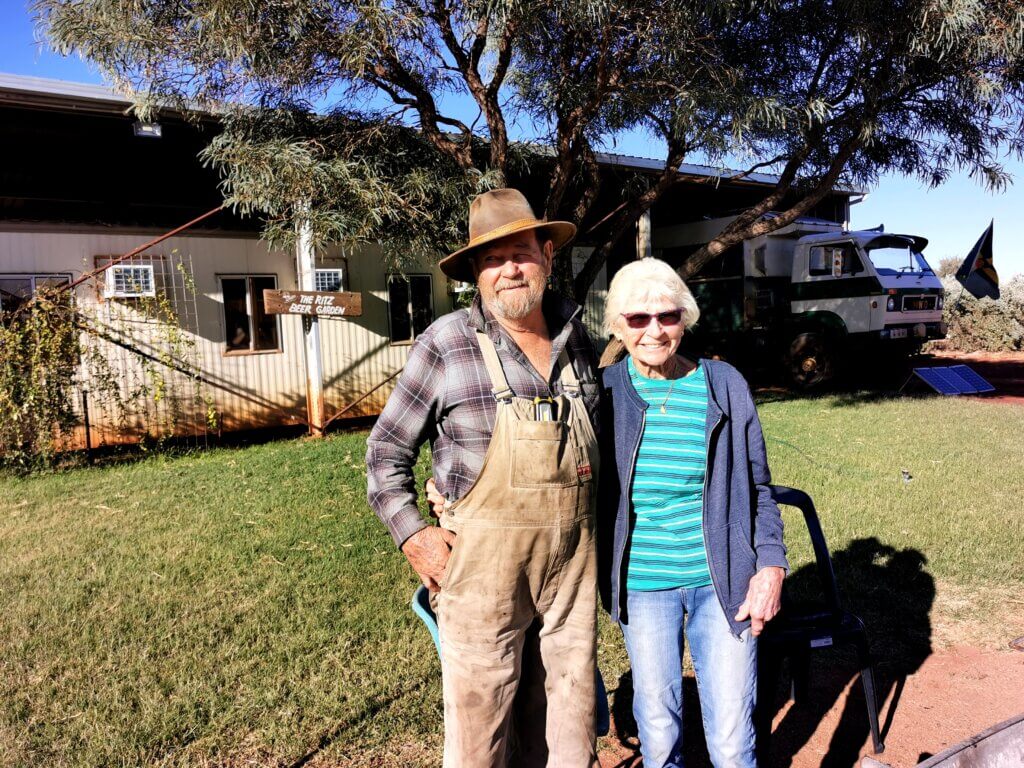
Find out more about my 2004 journey up the Canning Stock Route in my book Out There & Back

